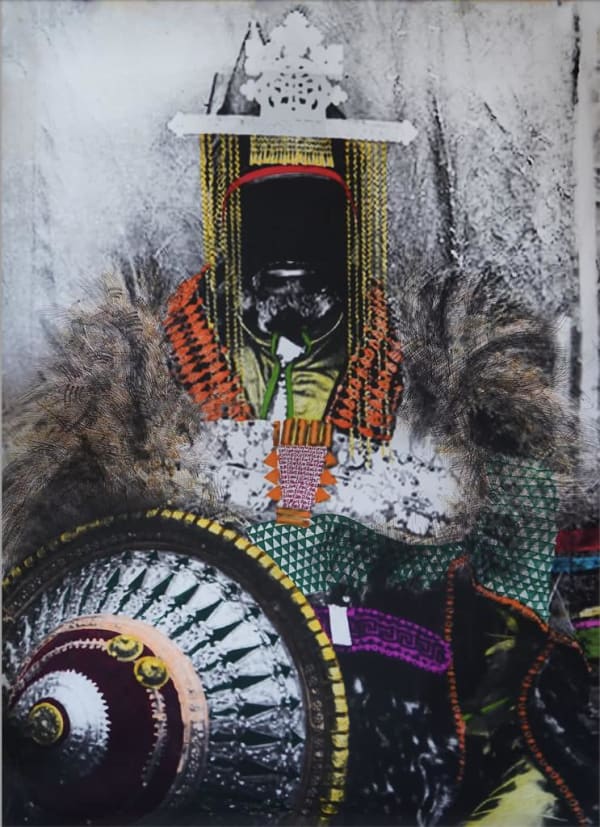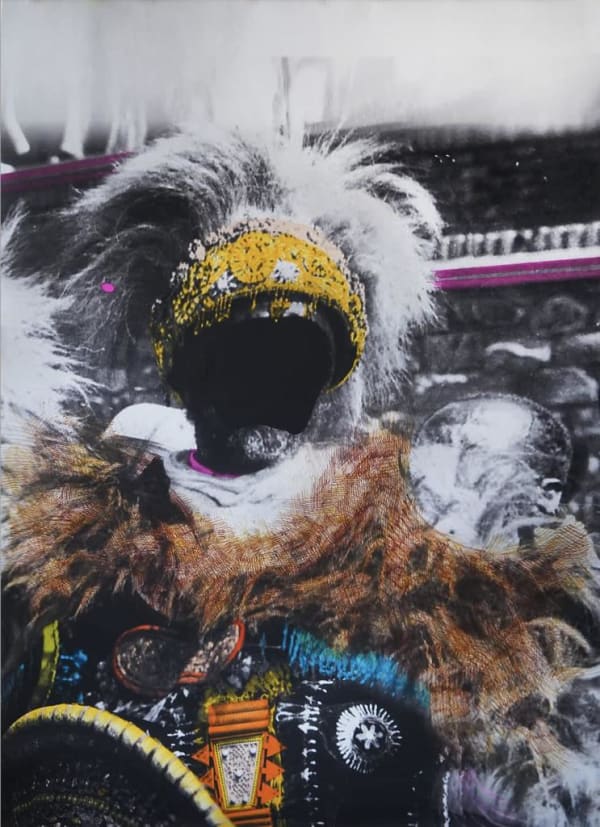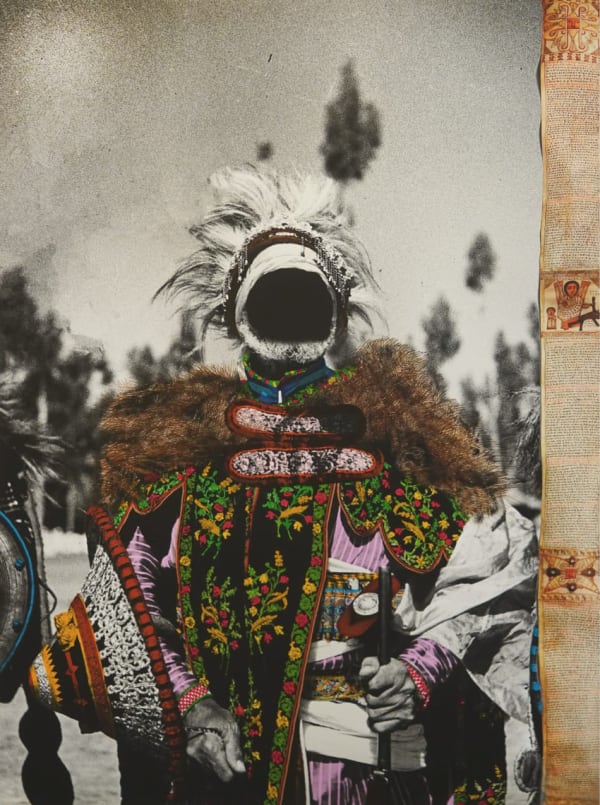-
Your Gaze Makes Me
Wendimagegn Belete -

-
-
Solo exhibitions include Your Gaze Makes Me, Kristin Hjellegjerde Gallery, Berlin, Germany (2021); (Upcoming) iodeposito, Traveso, Italy (2021); (Upcoming) Tenthaus Oslo, NO (2021); (Upcoming) Small projects, Tromso, NO (2021); ‘National Museum, Addis Ababa, ET (2020); LNM Gallery/NO (2020); Oppland Kunstsenter, (2020); Moment 2.0’, Kristin Hjellegjerde Gallery, Nevlunghavn, Norway (2020)
-
Group exhibitions include (Upcoming ) The Venice Biennale, Venice, Italy (2022); the opening exhibition of the National Museum of Norway in Oslo (2022); the 6th edition of the Future Generation Art Prize, PinkchukArt-Centre, Kiev, Ukraine (2021); Sandefjord Kunstforenings Kunstpris, Norway (2021); The 5th Biennale Internationale de Casablanca, Morocco (2021); Flag Tromsø, Tromso kunstforening, Norway (2020)
-
-

-
-
 Wendimagegn Belete, Your Gaze Makes Me 1, 2021
Wendimagegn Belete, Your Gaze Makes Me 1, 2021 -
 Wendimagegn Belete, Your Gaze Makes Me 2, 2021
Wendimagegn Belete, Your Gaze Makes Me 2, 2021 -
 Wendimagegn Belete, Your Gaze Makes Me 3, 2021
Wendimagegn Belete, Your Gaze Makes Me 3, 2021 -
 Wendimagegn Belete, Your Gaze Makes Me 4, 2021
Wendimagegn Belete, Your Gaze Makes Me 4, 2021
-
-
-
A series of proud figures appear vibrantly dressed in elaborate, traditional costumes, while their faces are veiled by black. For this latest body of work, Eithopian artist Wendimagegn Belete has appropriated black and white ethnographic imagery, which he enlarged, digitally manipulated and then printed, before hand-colouring details to create vibrant, textured portraits that examine not only the tactility of images, but also their relationship to time and history. Your Gaze Makes Me, his solo show at Kristin Hjellegjerde Gallery Berlin, offers a compelling exploration of how learnt habits of perception can limit our understanding of both the image and history, and how art can liberate new ways of seeing.
Belete’s practice is preoccupied with cultural heritage and identity in relation to historical narratives and the concept of epigenetic inheritance, of memories that transfer over generations and permeate our present. Over time, he has collected a vast array of source materials - photographs, letters, recorded conversations, maps and textiles - which he weaves together to create richly layered visual narratives that move back and forth in time. For this latest series of works, the artist has selected photographs taken during the second Italo-Ethiopian war (1935 to 1941) when Italy attempted to colonise the last uncolonised place in Africa, but Ethiopia won and became an emblem of Pan-Africanism. Many of the images he uses are available online and in some cases, they have already been appropriated, often imbuing them with what the artist refers to as “misplaced meaning “There are a lot of distortions in mainstream historical narratives,” he says. “I believe the narrative should include stories from both sides. Sometimes people ask me about the ownership of these images, but at the end of the day, who really owned them? For me, using these photographs that might belong to archival institutes is a way of reclaiming my history and politicising the image.” -
Belete began by increasing the scale of the portraits, some to life-size, before printing them out, overlaying fragments of text or maps by hand and applying transparent acrylic paints which deliberately allow the viewer to see through to the original image. The artist researched the colours of the costumes, many of which are still worn today, while other gestures are intuitive, relating to Belete’s own personal mood or engagement with the material. Significantly, almost all of the faces in the series are covered by black paint; this is not an act of erasure, but one of respect. “In many traditional Ethiopian visual cultures, hiding the face with a kind of fabric is seen as a sign of holiness or as something to be respected,” explains Belete. “I wanted to draw on that tradition, but also emphasise the collective narrative rather than focusing on an individual.” However, he admits that through the physical and temporal process of mark-making he enters into an intimate kind of dialogue with the image through which it is renewed in his present.
As the exhibition’s title suggests, the viewer similarly revives each image through the act of looking. The blacked-out areas of each portrait serve as a kind of mirror surface that encourages the viewer to insert themselves into the image, and form an understanding based on their own experience and subjectivity. In this way, the works question how much our perspectives are shaped and limited by mainstream narratives, and invite a more inclusive approach to making sense of history, culture, and identity.
-
-
Your Gaze Makes Me: Wendimagegn Belete
Past viewing_room











